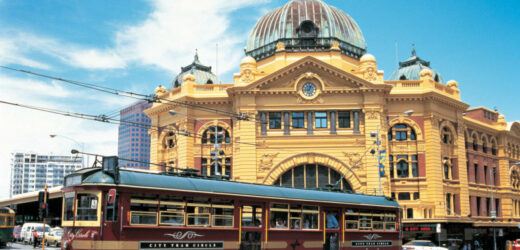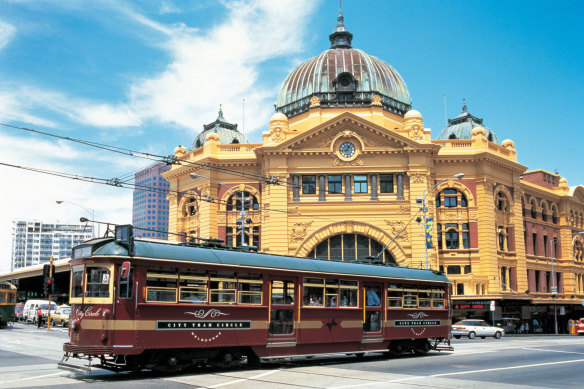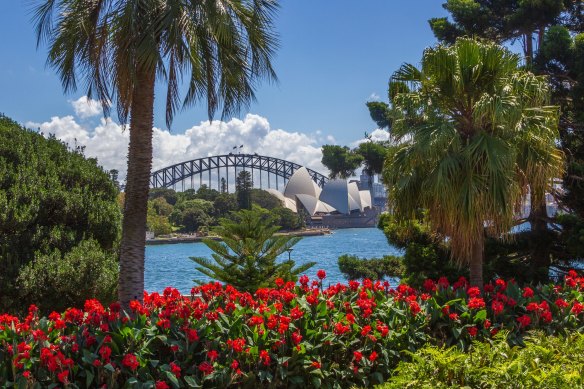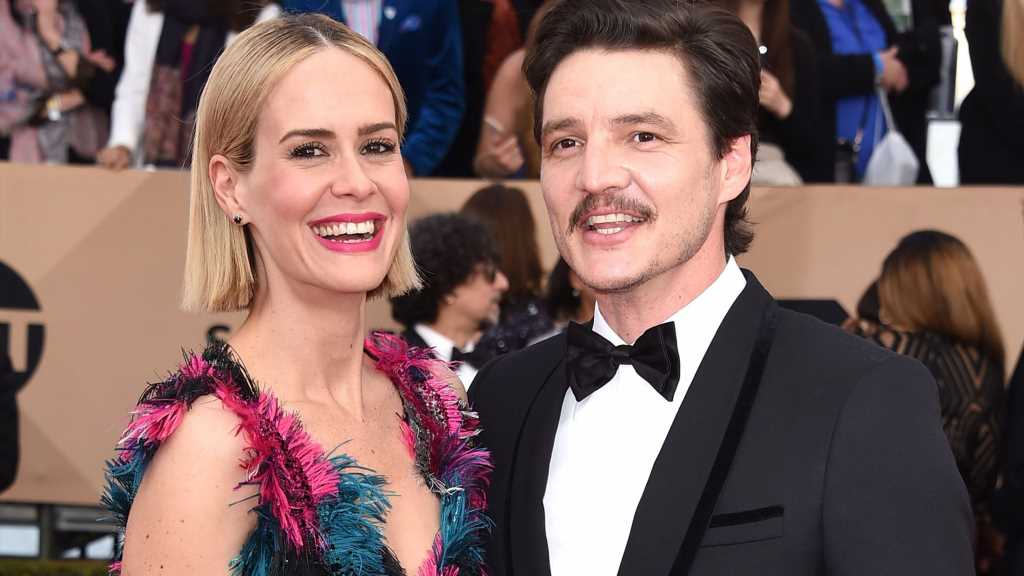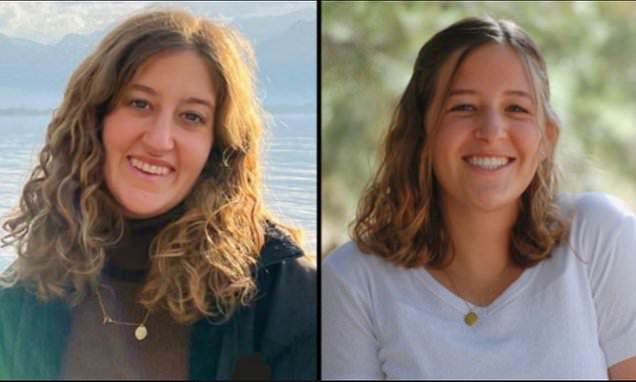Patrick Elligett sends an exclusive newsletter to subscribers each week. Sign up to receive his Note from the Editor.
Melbourne’s city centre is the thumping heart of Victoria.
Without another major centre to compete for our attention and affection, until the rapid rise of Geelong at least, it has flourished. There’s a good chance that any outing more adventurous than a milk run will lead you to the CBD if you live anywhere in Greater Melbourne.
A W-Class tram trundles past Flinders St Station in Melbourne’s CBD.Credit: Tourism Victoria
Even calling it a “central business district” is a misnomer. Melbourne city is not just a centre for business, particularly since the post-lockdown work-from-home boom. It is also a cultural centre, an entertainment precinct, a culinary hub, a sporting mecca and a place to live or take a riverside stroll.
The concentration of all this activity in one location has a special effect on the city’s social and cultural fabric.
People from the north, east and west flow in and out of the city like the tide, mixing and sharing their perspectives in the process, creating a powerful social bond of shared experience. I have no doubt that the centralisation of our city generates a level of cultural understanding and interpersonal tolerance rarely found in other large cities.
In fragmented and polycentric Sydney, people from the west rarely interact with people from the north. I’m generalising, of course, but Sydneysiders tend to congregate around larger suburbs like Chatswood, Parramatta, Blacktown and others. The city centre itself lacks the density of entertainment venues and restaurants that Melbourne has within close walking distance. It’s also difficult to access from many places, with (admittedly beautiful) waterways and a dearth of trams limiting the opportunity for accessible, direct and rapid transport into the city.
It’s not just Sydney that is set up this way. Many of the world’s great cities are spread over vast areas, with huge distances between landmarks enough to make a tourist’s legs ache at the thought of touring them on foot (don’t try this in Paris).
Although we’d never admit this to our Sydneysider friends, their city is still pretty special. Try to tell me otherwise while driving across that bridge. But its CBD is, mostly, exactly that. A central business district.
While Melbourne’s culturally blessed centre has played a large part in the city’s identity, it might be that like a daring teenage haircut, we’ve outgrown it. Melbourne will soon become Australia’s biggest city and by the 2050s, 9 million people are expected to call it home.
Sydney has some good points, I suppose.Credit: danefromspain
And as the city sprawls, accessing its centre becomes prohibitively time-consuming for those on the fringes. Planners have told us Melbourne needs to be a city of many centres to thrive in the decades to come.
Moving to this polycentric model isn’t as easy as it sounds. We’re fond of our CBD and reluctant to dilute it. At least I am. And governments, for their part, are reluctant to create winners and losers, haves and have-nots, by investing heavily in a few locations.
It’s that conversation that inspired the Second CBD series The Age has been running this week.
Our city and culture reporter, Sophie Aubrey, took a close look at the past and future of Melbourne’s attempts at decentralisation and explored three of the most promising options: Box Hill, Clayton and Sunshine. The latest instalment outlines a plan to create a thriving business district from La Trobe University to the Austin Hospital in Melbourne’s northern suburbs.
The video above gives you a quick overview of the project, and you can explore the entire series here.
This work exemplifies the leadership role The Age is trying to take on some of the big conversations affecting our city and our nation. Instead of simply “passing a word from a mouth to an eye”, in the words of former editor Graham Perkin, we have a responsibility to our readers to go further. We want you to engage with the big ideas that shape society, not just read about what’s happening within it.
As I flagged in my first email to you a few months ago, I intend to do everything possible to make sure this masthead to which you have subscribed is impressive, surprising and informative. We want to stand out, to be different and earn your subscription with excellence.
You, our subscribers, have already told me how much you enjoyed our Second CBD series and made it apparent that you want more.
Stand by for more of this kind of work as we consider other places and other topics that we hope will continue to surprise, engage and inform you.
We have lots of excellent work under construction that I’m certain will do just that.
Finally, I wish you all a happy Easter. May you all find some quality time with those you love. If you’re at a loose end, perhaps try taking a walk through our CBD. It’s a special place.
Patrick Elligett sends an exclusive newsletter to subscribers each week. Sign up to receive his Note from the Editor.
Most Viewed in National
From our partners
Source: Read Full Article
